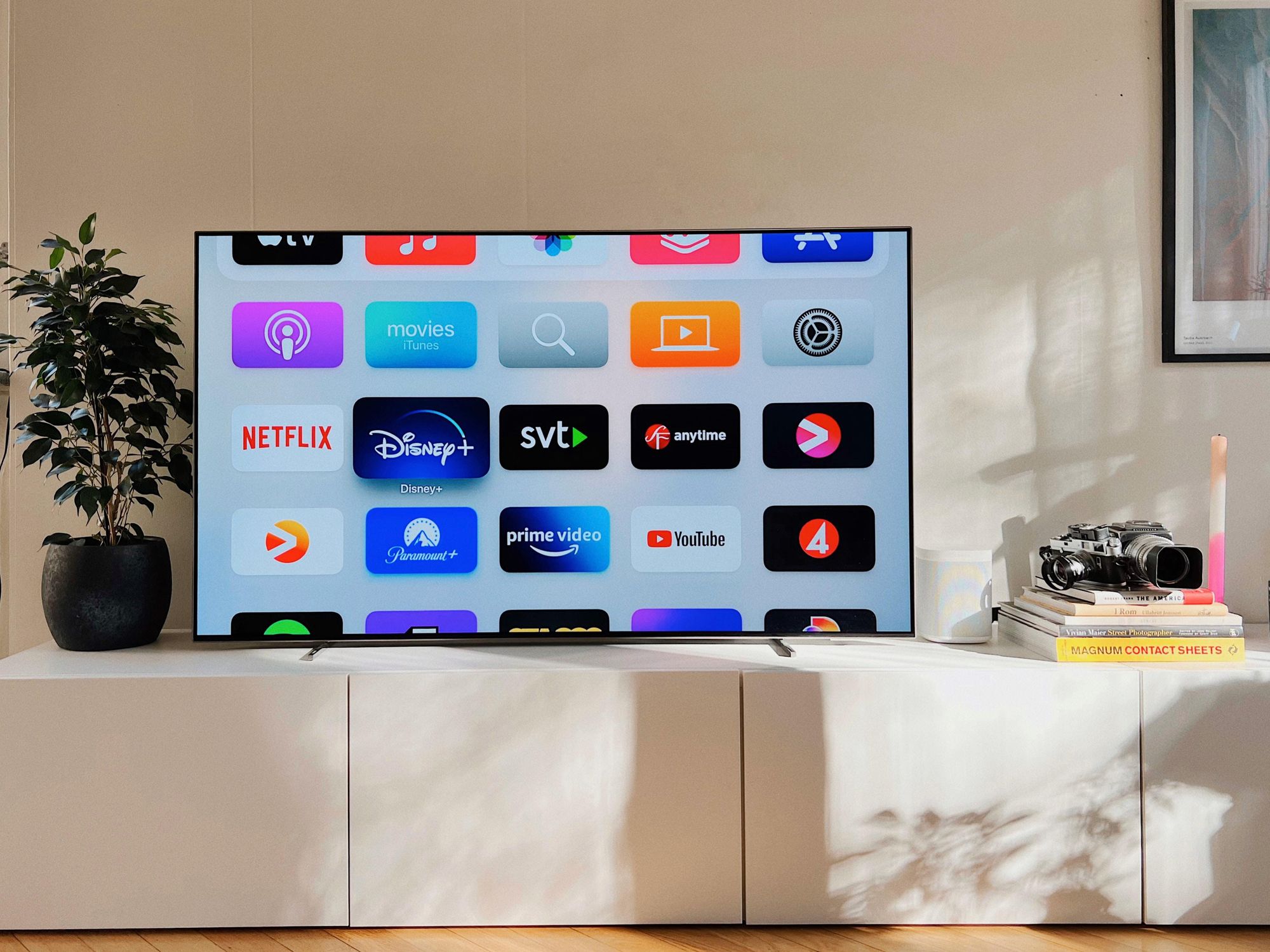The Future of Streaming Sounds Like Old School TV
Christian Hetrick is dot.LA's Entertainment Tech Reporter. He was formerly a business reporter for the Philadelphia Inquirer and reported on New Jersey politics for the Observer and the Press of Atlantic City.

Television’s streaming revolution is starting to look like a rerun.
At the Milken Institute Global Conference in Beverly Hills on Wednesday, media executives deliberated over the future of online streaming, the disruptive technology that has changed the way content is distributed and consumed. But some of those changes, it turns out, may not be so transformative; from the reemergence of commercials to bundled subscriptions, the future of TV may end up looking a lot like its past.
“I think we are going to see a great re-bundle,” said Marc Graboff, Discovery’s president of global business and legal affairs. “Eventually, there will be a limited number—three, four or whatever it is— of platforms that people will go to get their content.”
Graboff was referring to how deep-pocketed tech titans like Amazon or Apple may ultimately roll up rival streaming services into single consumer offerings on their own platforms. He noted that it would be a lot like the days when TV was dominated by just three networks: ABC, NBC and CBS.
The panel discussion came in the wake of Netflix’s stunning first-quarter earnings report, when the streaming giant disclosed that it lost subscribers for the first time in more than a decade and expects to lose another 2 million in the current quarter. Netflix is now in the midst of a reckoning, laying off staffers and re-considering its long-standing opposition to advertising. That’s because its competitors—including those on stage Wednesday—have shown that consumers are willing to watch commercials if it means paying less per month.
“I think now, with what we’re seeing with the streaming engine starting to sputter, that might not necessarily be the best place to be investing,” said Jordan Fudge, producer and founder of New Slate Ventures, a film and TV investment fund. Fudge added that investing in the next generation of production companies might make more sense instead—citing Reese Witherspoon’s Blackstone-backed Hello Sunshine as an example.
Even linear TV—left for dead by many as consumers increasingly cut the cord—isn’t looking so bad these days. Jackal Group chairman and CEO Gail Berman, formerly president of Paramount Pictures and head of entertainment at Fox Broadcasting Company, noted that streaming services have limited how much money content producers can reap from their shows. By contrast, hit shows on linear TV can generate revenue streams that last for years.
“Obviously, there are issues in streaming now, which leads me to think that linear is probably not a bad place to start thinking or rethinking,” Berman said.
Movie theaters were another medium believed to be doomed amid the pandemic as consumers were either forced or chose to stay home. Media giants like Disney and Warner Media (the latter having recently merged with Discovery) opted to release blockbuster films directly to streaming services the same day they hit theaters. Critics say that strategy has boosted streamers at the expense of theaters, actors and production studios.
But on Wednesday, the media executives on hand said they believe that streaming services and movie theaters can complement each other. Tanya Giles, Paramount Streaming’s chief programming officer, noted that her company put the “Sonic The Hedgehog” movie on Paramount+ to promote its sequel in theaters. That said, the panelists agreed that theaters will likely have to deal with shorter exclusive distribution windows before movies become available to audiences at home.
“When television came along, people thought it was the death of movie theaters,” Graboff said. “It’s not—it’s all additive.”
- Why Netflix, Hulu, Disney and Amazon Don't Want You Watching TV ... ›
- As the Streaming Wars Heat Up, Why Are Consumers Losing Out ... ›
- The Big Ten's $8B Deal Opens a New Era in Sports Streaming - dot.LA ›
Christian Hetrick is dot.LA's Entertainment Tech Reporter. He was formerly a business reporter for the Philadelphia Inquirer and reported on New Jersey politics for the Observer and the Press of Atlantic City.




